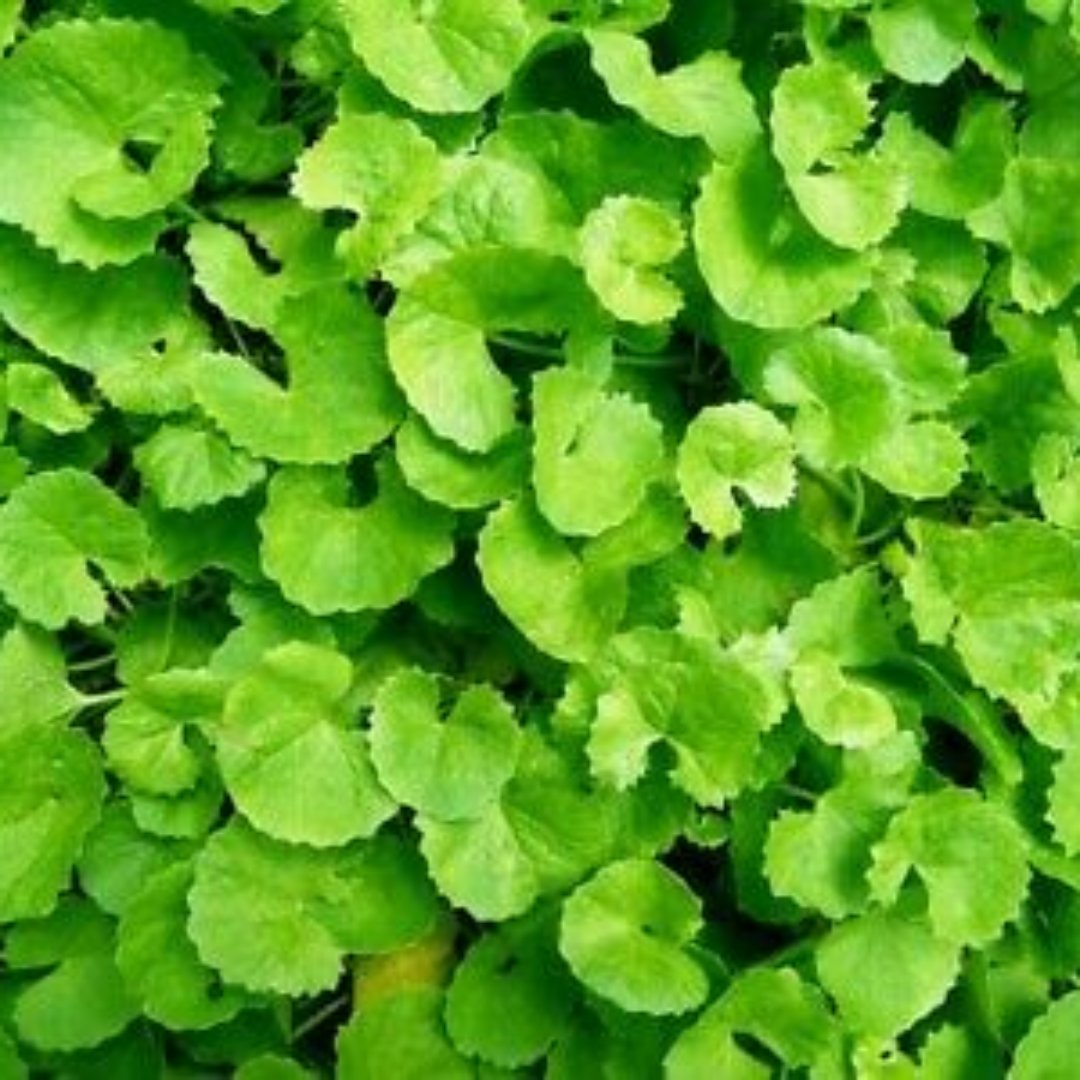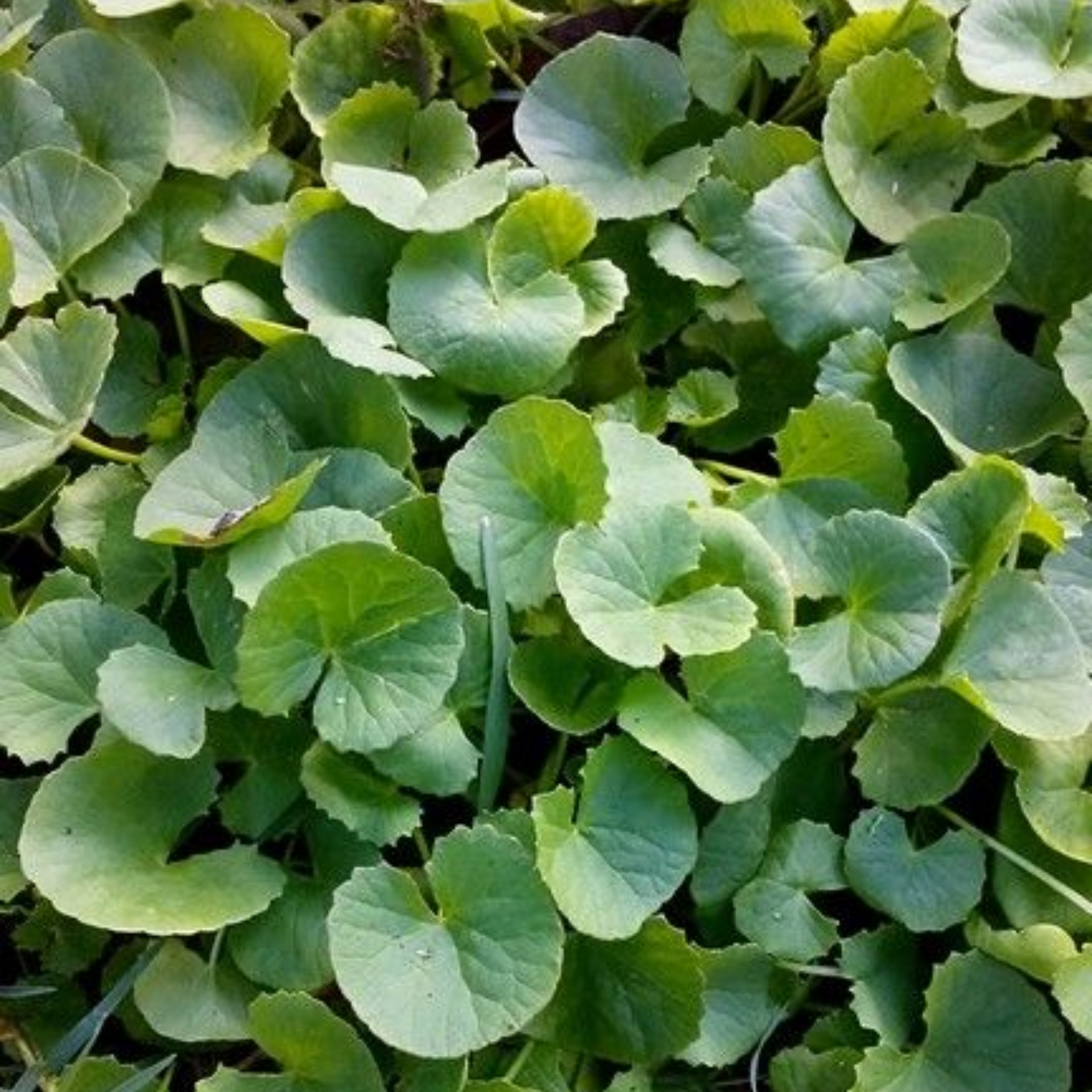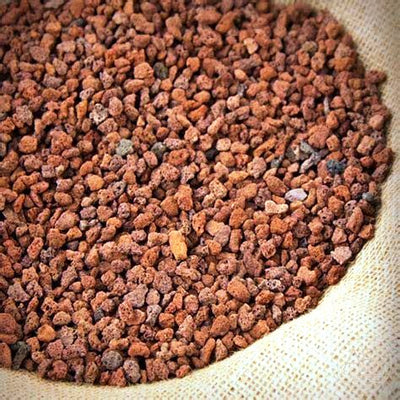


Green Paradise Offers Healthy Brahmi
Plant
About Brahmi Plant
The Brahmi plant, also known as Bacopa monnieri or Water Hyssop, is a small, creeping herb native to the wetlands of India, Australia, Europe, Africa, Asia, and North and South America. It is often found growing in marshy areas, along the edges of ponds, and on muddy shores. Brahmi has been used for centuries in traditional Ayurvedic medicine for its numerous health benefits.
Here are some key features and uses of the Brahmi plant:
Appearance:
-
The Brahmi plant has small, succulent leaves that are bright green and arranged oppositely along the stems.
-
It produces small, white flowers with four or five petals.
Medicinal Properties:
-
Brahmi is highly regarded in Ayurveda for its medicinal properties.
-
It is considered an adaptogenic herb, which means it helps the body adapt to stress and promotes overall well-being.
-
It is traditionally used to enhance cognitive function, memory, and concentration.
Cognitive Benefits:
-
The active compounds in Brahmi, particularly bacosides, are believed to have neuroprotective effects and can stimulate the growth of nerve cells.
-
This is why it is often used to support cognitive functions, improve memory, and combat mental fatigue.
Stress and Anxiety:
-
Brahmi is known to have calming effects on the mind, making it useful in reducing anxiety and stress.
-
It may help to balance certain neurotransmitters in the brain, promoting relaxation.
Antioxidant Properties:
-
Brahmi contains antioxidants that help neutralize harmful free radicals in the body, protecting cells from oxidative damage and supporting overall health.
Anti-inflammatory Effects:
-
Some studies suggest that Brahmi possesses anti-inflammatory properties, which may be beneficial in managing certain inflammatory conditions.
Traditional Uses:
-
In Ayurveda, Brahmi is used to treat various ailments, including epilepsy, asthma, skin conditions, and digestive issues.
-
It is also used as a tonic for the nervous system.
Forms of Consumption:
-
Brahmi can be consumed in various forms, such as fresh leaves, dried powder, or as an extract in capsules or liquid supplements.
-
It is also sometimes used topically in oil form for scalp massages to promote hair growth.
Precautions:
-
While Brahmi is generally considered safe when used in recommended dosages, it may interact with certain medications or cause mild digestive issues in some individuals.
-
As with any supplement or herbal remedy, it is essential to consult with a healthcare professional before starting Brahmi supplementation.
In recent years, Brahmi has gained popularity as a natural nootropic and is often used as a memory enhancer and cognitive booster. However, more research is needed to fully understand its mechanisms of action and potential side effects. Always consult with a healthcare professional or an Ayurvedic practitioner before using Brahmi or any other herbal supplement.
How To Grow Brahmi Plant
Growing Brahmi Plant(Bacopa monnieri) can be a rewarding experience, as this herb is known for its medicinal properties and is often used in traditional medicine.
Here's a step-by-step guide to help you grow Brahmi:
Climate and Location:
- Brahmi is a tropical plant and thrives in warm, humid climates.
- It prefers partial shade but can also tolerate full sunlight if the temperature is not too high.
- If you live in a region with a temperate climate, consider growing Brahmi indoors or in a greenhouse.
Soil Preparation:
- Brahmi prefers well-draining, rich, and slightly acidic soil.
- Prepare the soil by mixing compost or well-rotted manure to improve fertility.
- The ideal pH level for the soil is between 5.5 and 7.0.
Propagation:
- Brahmi can be propagated from seeds or cuttings.
- Seeds can be sown directly into the prepared soil, but germination can be slow and erratic.
- For quicker results, it's recommended to use stem cuttings.
- Take healthy Brahmi cuttings, around 4-6 inches in length, from an established plant.
- There should be no leaves on the stem's lower half.
- Place the cuttings in a glass of water or a container with moist soil to allow them to develop roots.
- Every couple of days, the water needs to be changed.
- Once the roots are about an inch long, the cuttings are ready for planting.
Planting:
- If you are planting Brahmi outdoors, space the plants about 6 to 12 inches apart.
- If you're growing it indoors, use a pot with good drainage and a suitable potting mix.
- Place the cuttings or seedlings in the pot, making sure the roots are well-covered with soil.
Watering:
- Brahmi loves moisture, so keep the soil consistently moist but not waterlogged.
- Regularly water the plant, particularly during periods of drought.
- Don't let the ground become completely dry.
Fertilization:
- Fertilize the Brahmi plant every 4-6 weeks with a balanced liquid fertilizer or an organic fertilizer suitable for herbs.
- Follow the manufacturer's instructions for dosage.
Pruning:
- Regular pruning is beneficial for Brahmi to maintain its compact growth and encourage new shoots.
- Pinch off the growing tips occasionally to promote branching and bushiness.
Pest and Disease Control:
- Brahmi is generally resistant to pests and diseases, but occasionally it might face issues like aphids or fungal infections.
- If you notice any infestations, use appropriate organic pest control methods or fungicides to address the problem.
Harvesting:
- You can start harvesting Brahmi once the plant is well-established and has enough foliage.
- Harvest the leaves as needed by snipping them off near the stem.
- Leave some leaves on the factory so it can continue to grow.
Remember that Brahmi is a relatively low-maintenance plant, but it requires consistent care to thrive. By providing the right conditions and regular attention, you should be able to grow a healthy and productive Brahmi plant.


















